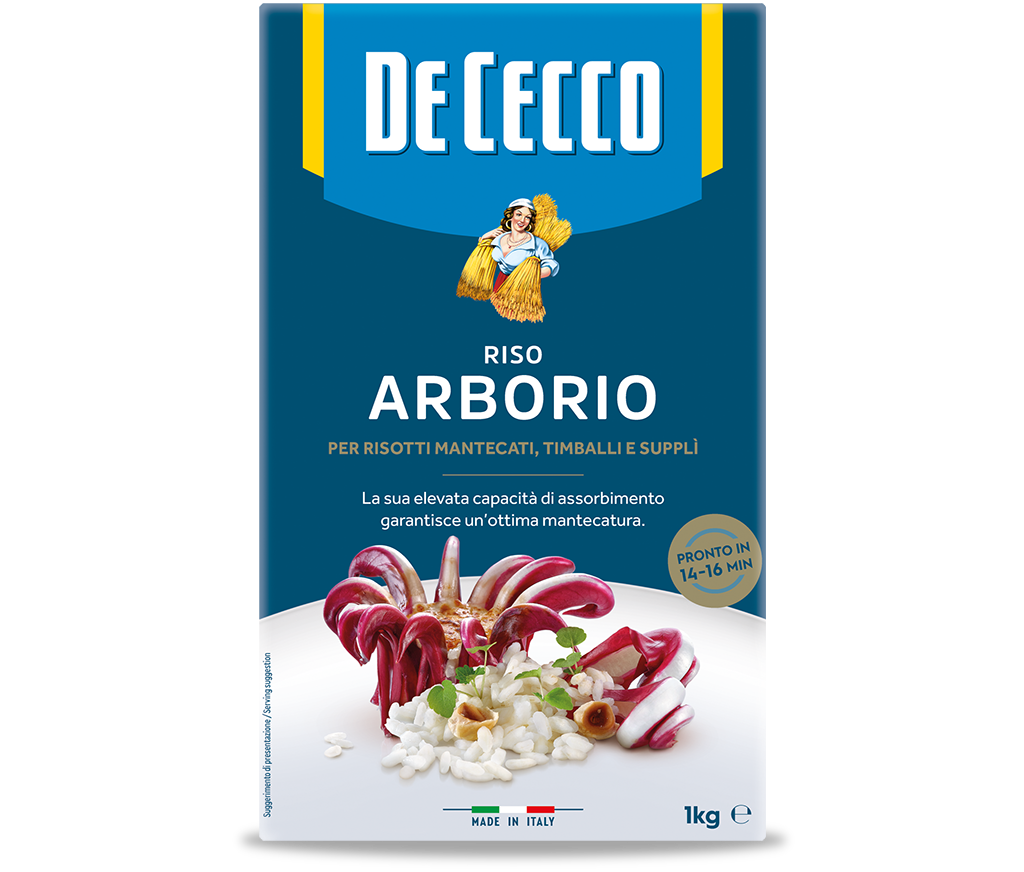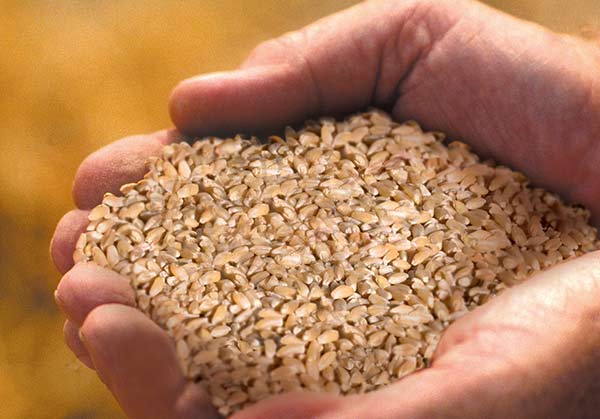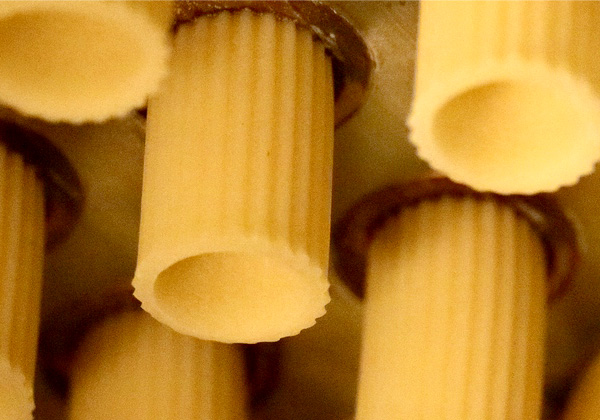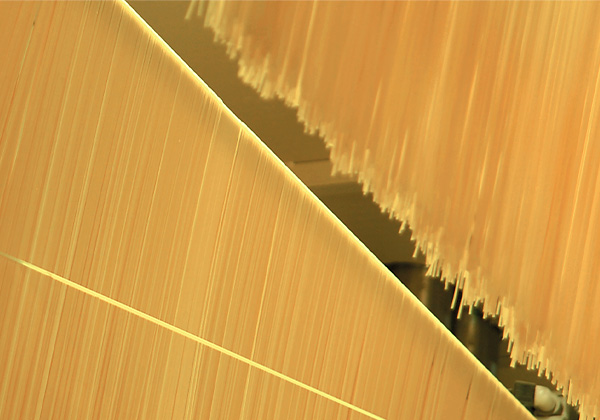Riso Vialone Nano
Traditionally used in the cuisines of the Veneto and Mantua regions, this rice is today used mainly in the North-East of Italy in local recipes.
It enhances the traditional flavours of these regions, partnering with simple local ingredients such as pumpkin, mushrooms and game in a huge variety of dishes.
Created in 1967 from the crossing of Vialone and Nano varieties, this rice has short, round grains which expand greatly during cooking, making it ideal for creamy risotto recipes.
- Cooking time: 15-13 min
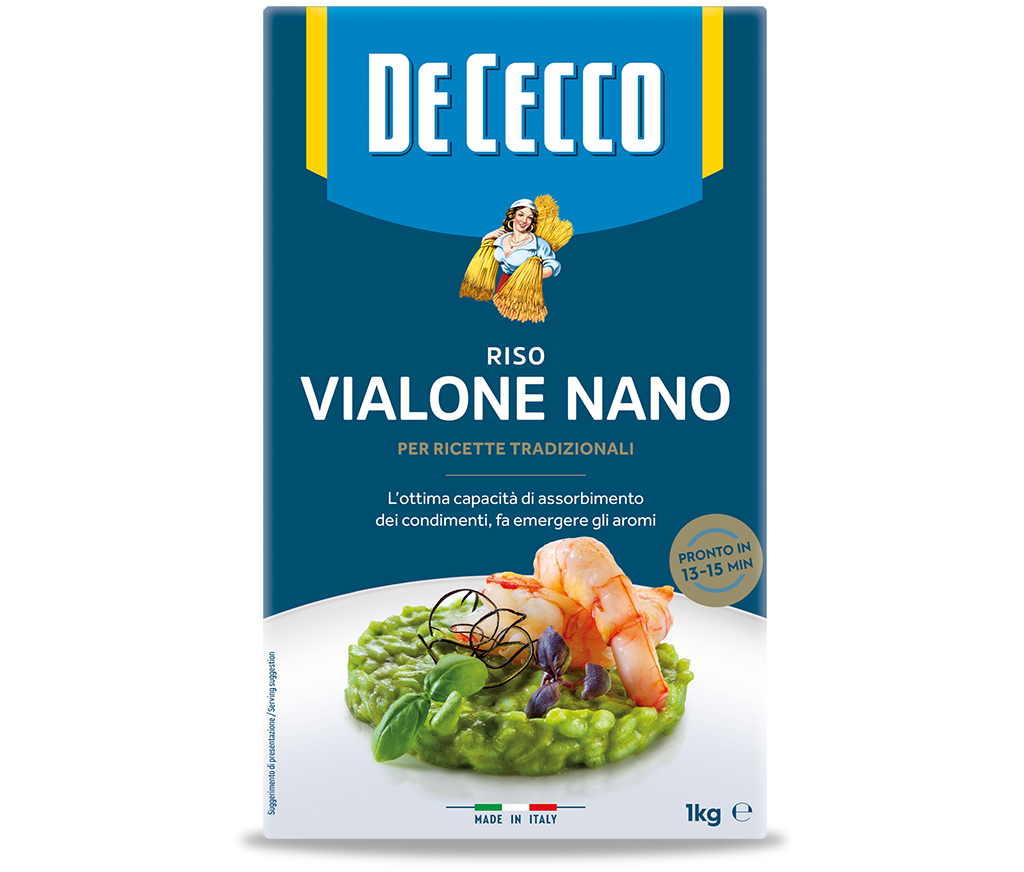
play
Our method
Attention, care, experience, quality at every stage: from our mill to your table.
You may also be interested in
Riso Arborio
This is one of the most popular rice varieties in Italy, thanks to its shape and texture. The plump grain rice maintains its consistency throughout cooking. During cooking, the heat penetrates the most peripheral area of the grain, leaving the central core (rich in starch) ‘al dente’.
This is what makes it suitable for all types of risottos, which can be deliciously creamy, as well as for timbales and ‘supplì’ (Rome’s mozzarella-filled rice croquettes). Arborio rice is named after the town of the same name in Vercelli where it was first selected in 1946, derived from the Vialone cultivar.
Even today, these areas of the Po Valley are the largest producers of Arborio rice.
Find out more
